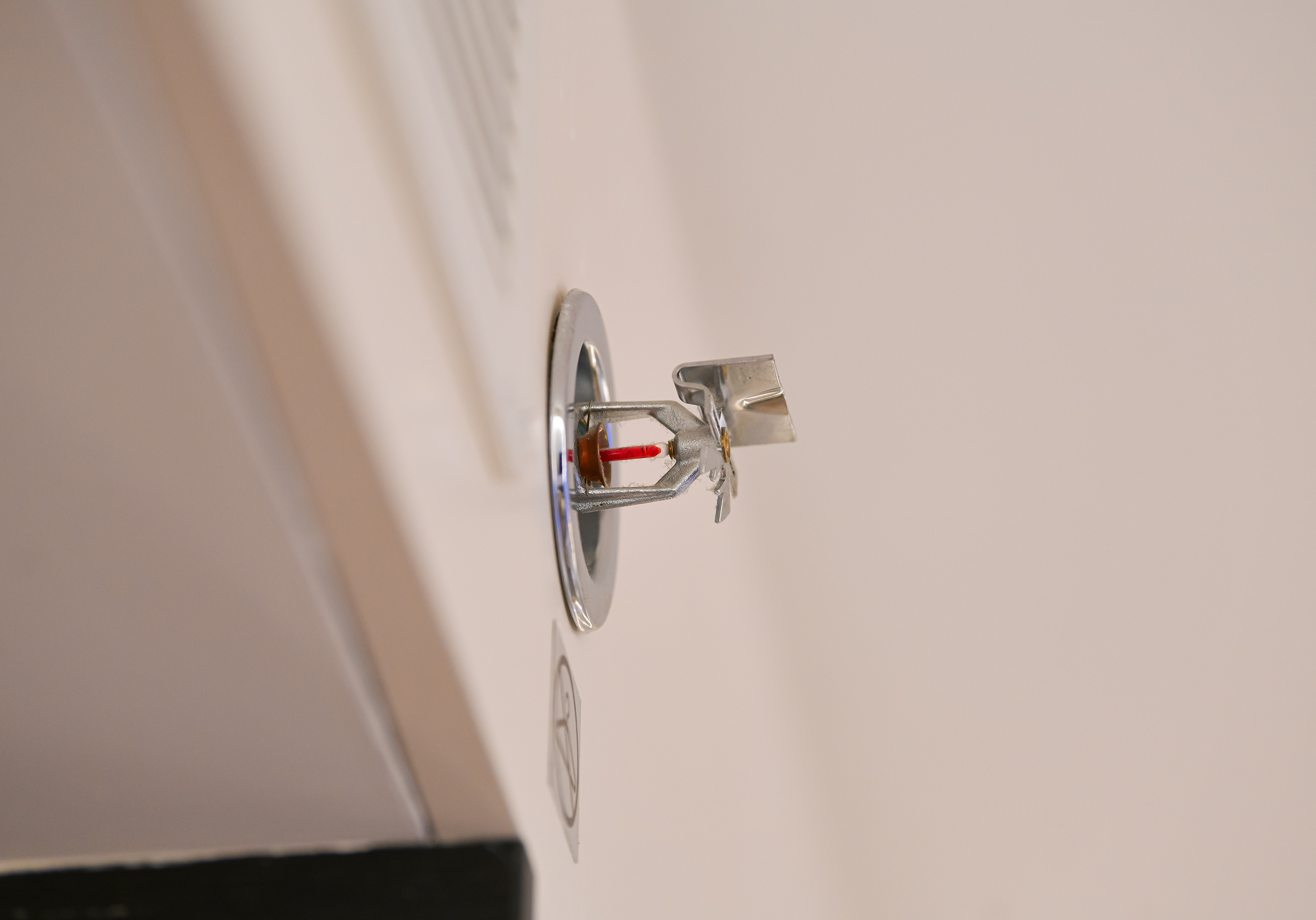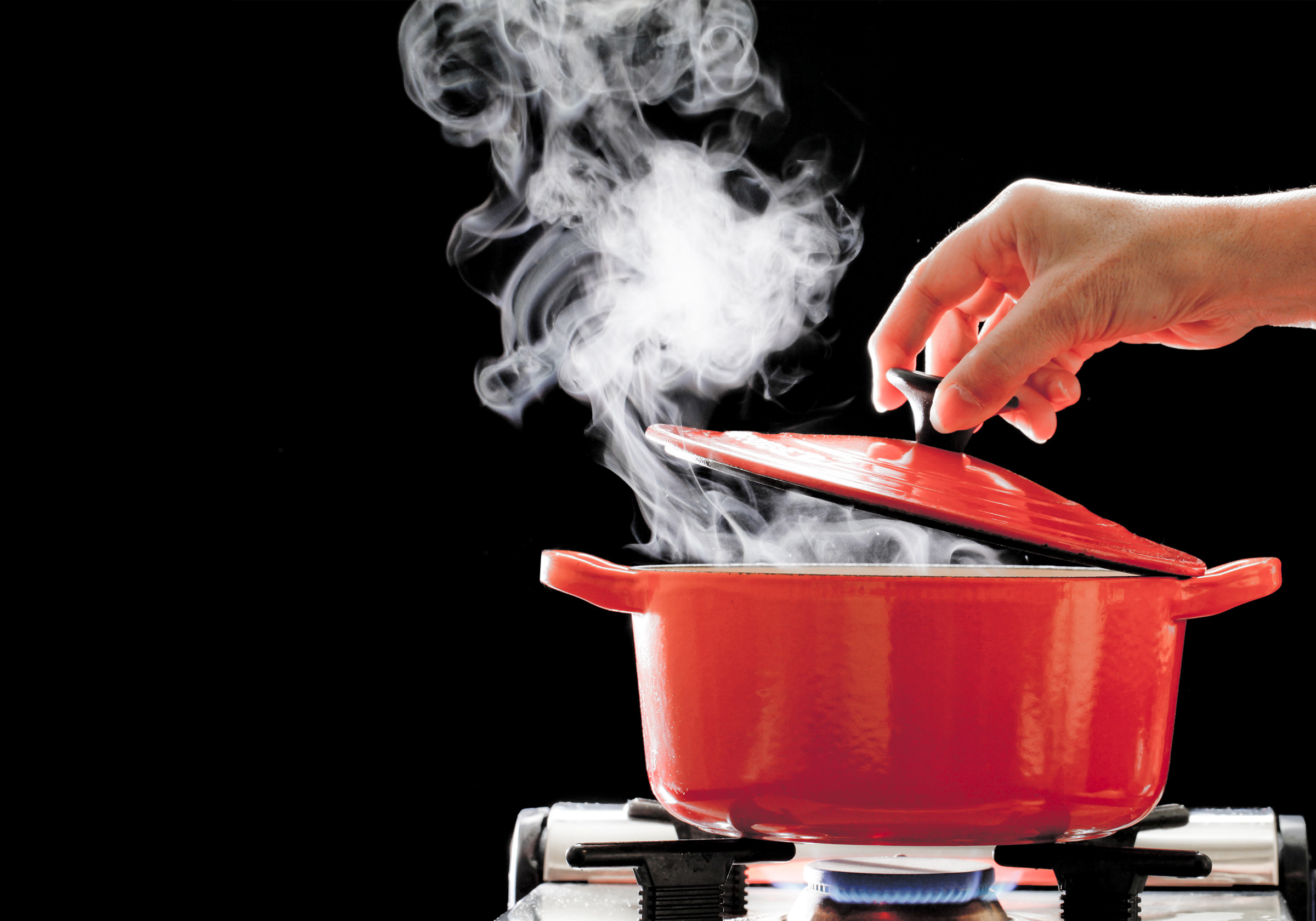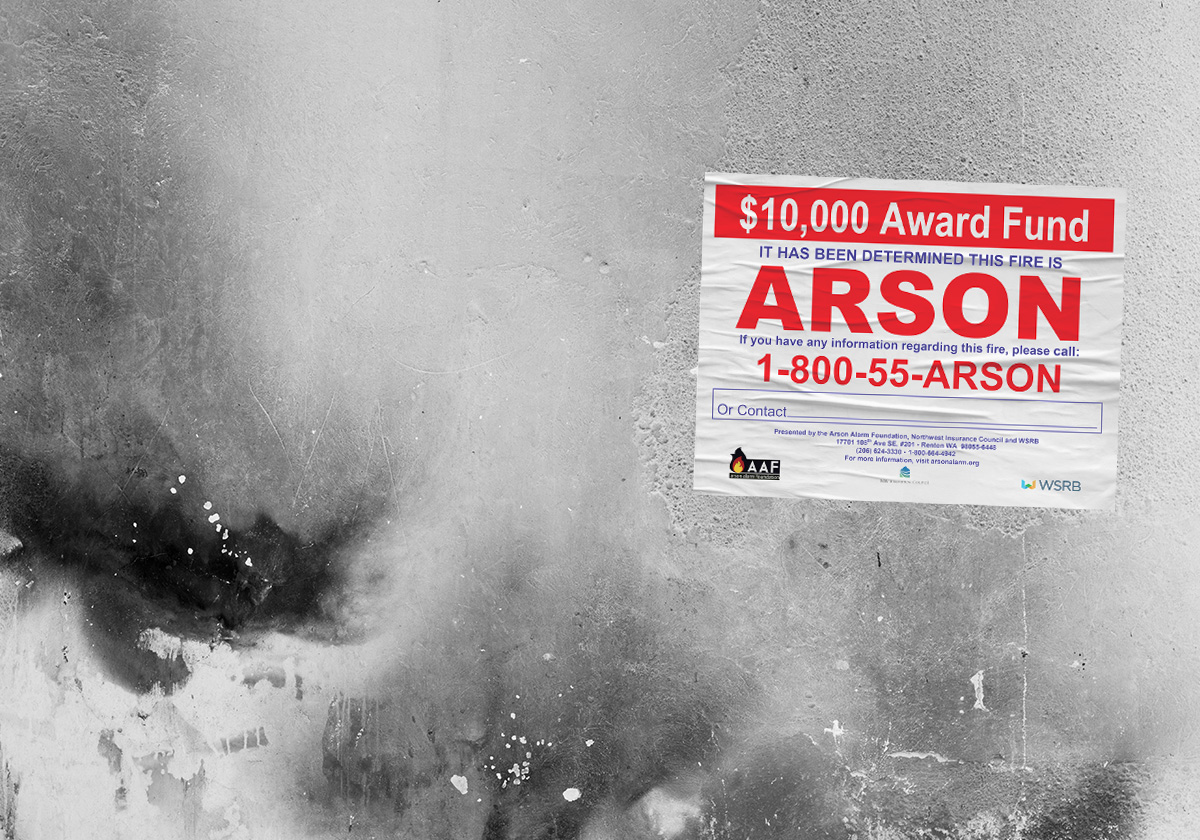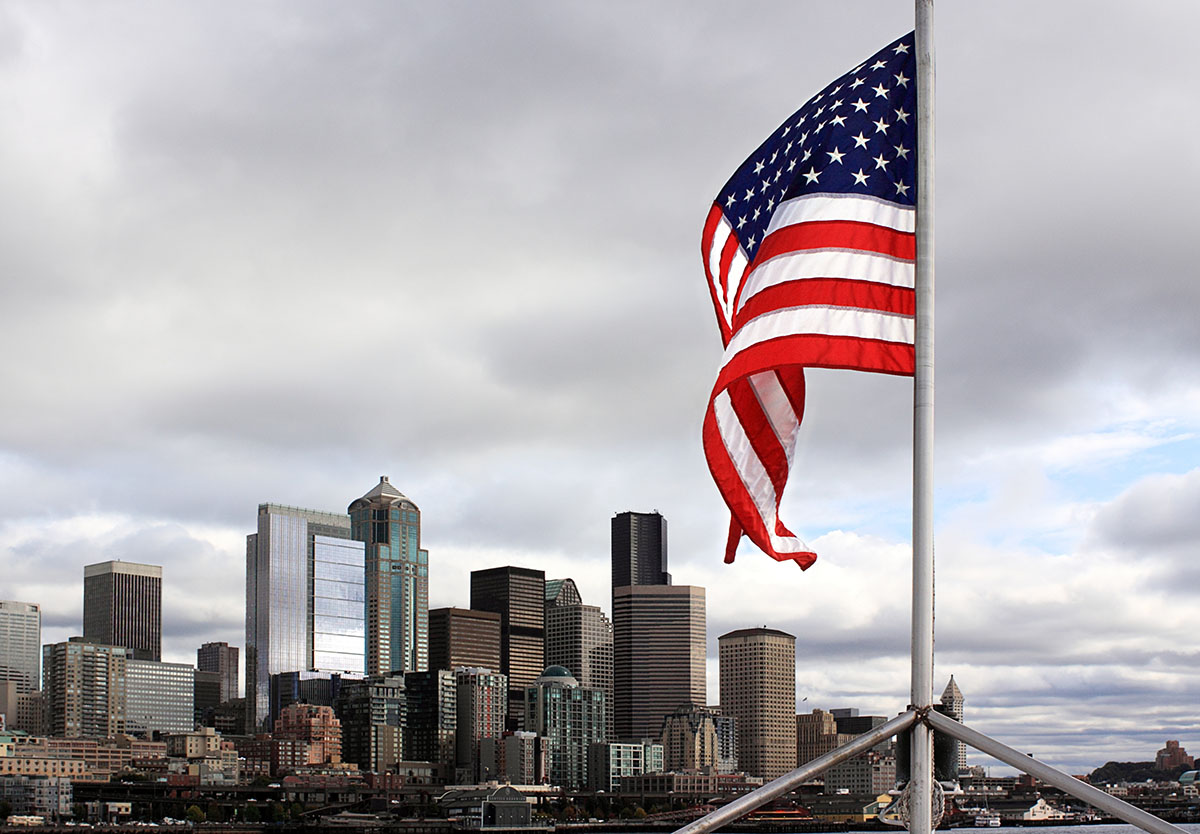At WSRB, we are committed to reducing losses caused by fire. While we focus most of our business activities on property, we also know that saving lives when a fire occurs is even more important.
When it comes to home fire sprinklers, many people have questions. Are they truly effective? How do they work? Won’t the flood damage cost more than the fire damage? Let's address these in turn.
Are home fire sprinklers truly effective?
Yes. Check out this PDF fact sheet from the National Fire Protection Association, which says, "The risk of dying in a reported home fire is 85% lower where sprinklers are present." The fact sheet also notes that in about 90% of home fires, just one sprinkler head activates, meaning the impact of the water on your home is minimized.
How do home fire sprinklers work?
When a fire starts, the heat rises to the ceiling. Sprinkler heads have glass bulbs filled with fluid, and when the fluid gets warm, it expands, eventually breaking the glass. A type of stopper plug will then fall out of the sprinkler head, allowing water to be dispersed by the sprinkler head.
Only one head will deploy, and that's usually enough to contain the fire. If the fire does happen to overwhelm the sprinkler head, the next nearest head will deploy when the heat rises and builds in that area.
Won't the water damage from the sprinkler cost more than the fire damage?
Probably not. Consider some possible scenarios.
A fire starts in your home, perhaps on the stove, and you’re able to put it out with a regular portable fire extinguisher. It won’t get hot enough to activate a sprinkler head at all, meaning no water damage.
You start that stove fire, and it quickly grows too big to be put out with a portable extinguisher, and you don’t have a sprinkler system. You call 911. If your fire department has an average response time of 10 minutes, the fire could grow out of control and perhaps even compromise the stability of your home’s structure. When the firefighters arrive, they will flood your home with perhaps as much as 100 gallons per minute of water.
The stove fire starts and quickly grows, and you do have a sprinkler system. It will respond within seconds of the fire starting and dispense about 30 gallons per minute of water. That gives the fire far less time to cause damage than waiting for the fire department does. And, the water damage that does occur will likely be much less than if the fire department had put out the fire because the sprinkler head started fighting the fire when it was still small.












